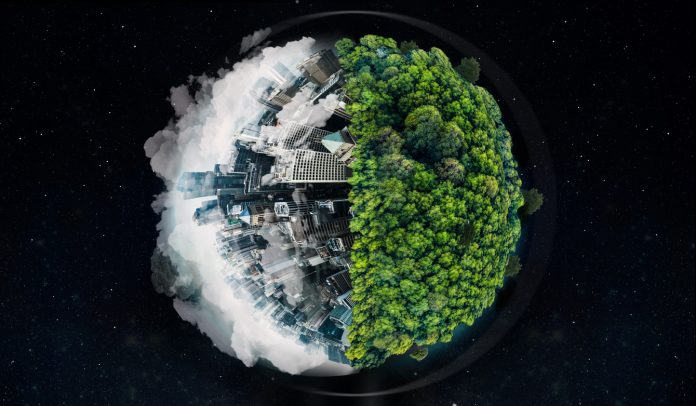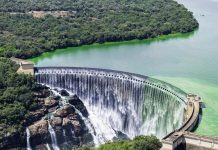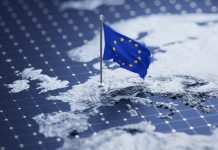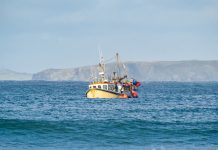Therese Fosholt Moe from Ramboll stresses the urgent need for Europe to act decisively to secure a resilient future in light of the interconnected crises of climate change, pollution, and biodiversity loss
Europe stands at a crossroads. The interlinked crises of climate change, pollution and biodiversity loss are no longer distant threats – they are accelerating, compounding, and testing our resilience on every front: environmental, social, and economic.
The European Union (EU) has responded with a suite of ambitious policies, including the Green Deal, the Zero Pollution Action Plan, and the Biodiversity Strategy for 2030. Yet, for all their promise, these initiatives remain fragmented. The siloed approach that once sufficed is now fundamentally misaligned with the interconnected nature of the challenges we face.
The European Environment Agency’s 2025 report, Europe’s environment and climate: knowledge for resilience, prosperity and sustainability, makes it clear: these crises do not occur in isolation. Instead, they reinforce one another, creating feedback loops that amplify systemic risk. Consider how climate-driven droughts can degrade soils, increase pollution runoff, and devastate habitats, accelerating biodiversity loss and further weakening nature’s ability to buffer against extreme weather. The result is a downward spiral that erodes Europe’s capacity to adapt and thrive.
The urgency is underscored by the Green to Grey investigation, which reveals that Europe is losing 1,500 km² of undeveloped land annually – much of it in protected areas. This is not just an ecological crisis; it is a political one, exposing the widening gap between policy ambition and on-the-ground reality.
The EU policy landscape presents challenges and opportunities
It is time to move beyond “one-problem-one-solution” thinking. The low-hanging fruit is gone. What lies ahead is more complex: tackling multiple crises simultaneously through integrated, cross-sectoral approaches. The evolving EU policy landscape presents both challenges and opportunities. The Nature Restoration Law sets legally binding targets to restore degraded ecosystems. The Climate Adaptation Strategy calls for systemic resilience across all sectors. The Zero Pollution Action Plan and the Circular Economy Action Plan aim to reduce environmental stressors and resource dependency. But to unlock their full potential, these initiatives must be better aligned.
We see a growing momentum for nature-based solutions (NbS), as a response that delivers co-benefits across climate, biodiversity, pollution, and societal wellbeing. Restoring peatlands, wetlands, and forests not only sequesters carbon but also buffers against floods, improves air and water quality, and enhances biodiversity and human health. Our experience shows that multifunctional measures – those that address several challenges at once – are not only more effective but also more cost-efficient in the long run.
Assessments of biodiversity value across geographies and more
Driven by our active engagement to build resilience, we’ve developed tools like the Global Biodiversity Metric, which enable transparent, repeatable assessments of biodiversity value across geographies. By translating nature into measurable terms, these metrics help connect biodiversity with climate, pollution, and economic systems, creating a common language for integrated decision-making.
But metrics alone are not enough. What’s needed is a new kind of governance, one that fosters “nexus thinking” and breaks down institutional silos (IPBES Nexus Assessment). Each policy domain – climate, biodiversity, pollution – has its own language, stakeholders, and timelines. We need interpreters who can translate across these domains and build a common narrative and action plan. This is not just a technical challenge; it’s a political one. It requires bold leadership, cross-sector collaboration, and a willingness to act despite uncertainty.
The EU’s Just Transition Mechanism is a promising example of integrating social and climate policy to ensure no one is left behind. Similarly, the Carbon Border Adjustment Mechanism (CBAM) aligns trade with climate goals, reinforcing the EU’s global leadership – though it also highlights the challenges of balancing environmental ambition with international equity.
Though often described as being about bouncing back, resilience is in fact about bouncing forward. It means translating interconnected goals into interconnected actions, where climate, pollution, and biodiversity policies are aligned and reinforce, rather than compete, with one another. The prosperity of future generations depends on the decisions we make today. Europe must embrace this nexus thinking and seize the moment to lead with courage, coherence, and conviction.











